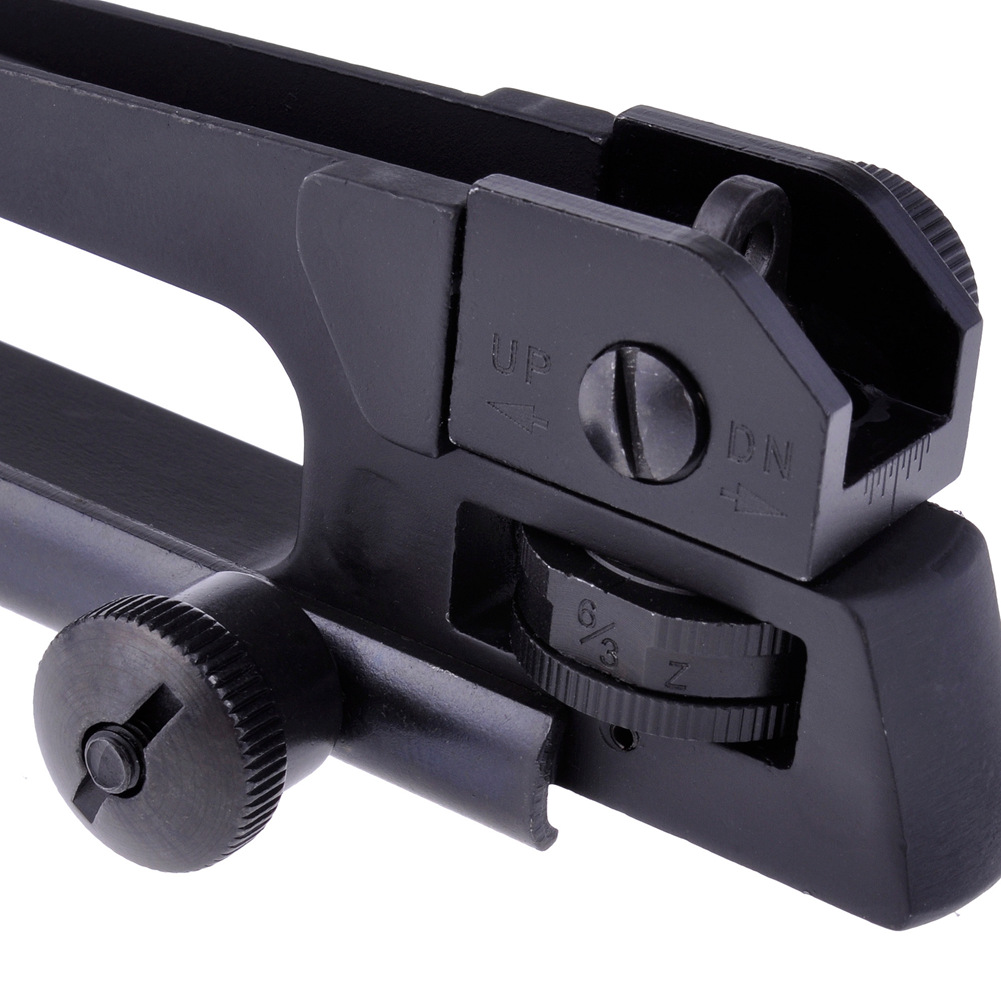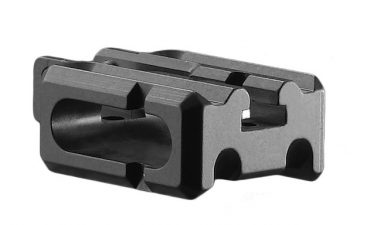
Standards are still being determined for these types of systems. Thus, rail covers and protectors may be added to prevent snagging on gear and/or plant foliage.įuture rails systems may have the option of carrying batteries or other electricity systems to supply the needs of the increasing electronics mounted to aid the shooter. As designs have advanced the amount of space has succeeded in the actual need for placement space. The amount of rail space allows adjustment and personal optimization of each device and tool attached for the user. The rail section may also move weapon-mounted lights forward so the light does not shine and reflect on the firearm directly, which may create shadows. Then, the original sights are a backup if the electronic optic should fail. 22.5°, 45°, and 90° are the most common, to place accessories and/or backup folding collapsible iron sights in such a way so that they are out of the line sight on the top of the firearm and/or to decrease the outer profile edge's size. In addition to height variations some rail brackets may be offset at various degrees. This is referred to as absolute or lower 1/3 co-witness respectively. The rail section may also come in various heights to help align equipment, which may align with the original iron sights inline or below an illuminated optic's center dot, ring or chevron. Optics such as telescopic sights, reflector sights, holographic sights, red dot magnifiers, night vision sights, or thermal sights may be placed between the iron sights.

This is easier than milling out a dove tail slot for the placement of a gun sight's parts. Older firearms may need permanent modifications of having holes drilled and tapped for screw threads to fasten the rail sections to the firearm. Modern-designed firearms often include rails made into the body, instead of being an added-on modification. Due to updating equipment, both styles may be found on some Warsaw Pact weapons. With more modern versions adding Picatinny style rails onto the sides of the handguards of the rifles for the mounting of additional equipment. On the Kalashnikov rifles, the Warsaw rail is attached to the left side of the receiver when viewed from the rear. There may be additional attachment rails or holes at each 45° angle position running partially or entirely the length of the handguard. Rails on rifles usually start at the top dead center ("12 o'clock"), with other common placements at the bottom 180° ("6 o'clock") and on the sides at 90° ("3 o'clock" and "9 o'clock") some rails are also diagonal at 45° angles as opposed to 90° angles, though these are less common. Modern pistols usually have rail systems on the underside of the barrel. Rail systems are usually based on the handguard of a weapon and/or the upper receiver. Design KeyMod and M-LOK handguards from various manufacturers Original rails were a raised metal strip with the sides undercut, less standardized than the dovetail design, to allow hardware to slide on and be secured by means of compression only. There are also various non-military designs used in shooting sports to attach slings and bipods such as the UIT rail, Zeiss rail, and Freeland rail. The common types of rail systems for firearms are the dovetail rail (including the Soviet variant known as the Warsaw Pact rail), the Weaver rail, the Picatinny rail, the SOPMOD, and the M-LOK. An advantage of the multiple rail slots is the moveable positions to adjust for optimal placement of each item for a user's preferences, along with the ability to switch different items at different placements due to varying eye reliefs on gun sights.įirearm accessories commonly compatible with or intended for rail systems include tactical lights, laser sights, vertical forward grips, telescopic sights, holographic sights, reflex sights, backup iron sights, bipods/ tripods, slings, and bayonets. Rail systems are straight mounting brackets (usually made of strips of metal or polymer) on the gun's receiver, handguard, or fore-end stock to allow sliding or variable-position attachments. JSTOR ( October 2017) ( Learn how and when to remove this template message)Ī rail system mounted on top of a SIG SG 550 A dovetail rail on a rifle receiver for mounting a sightĪ rail integration system ( RIS also called a rail accessory system ( RAS), rail interface system, rail system, mount, base, gun rail, or simply a rail ) is a generic term for a standardized system for attaching accessories to firearms.Unsourced material may be challenged and removed.įind sources: "Rail integration system" – news

Please help improve this article by adding citations to reliable sources.

This article needs additional citations for verification.


 0 kommentar(er)
0 kommentar(er)
